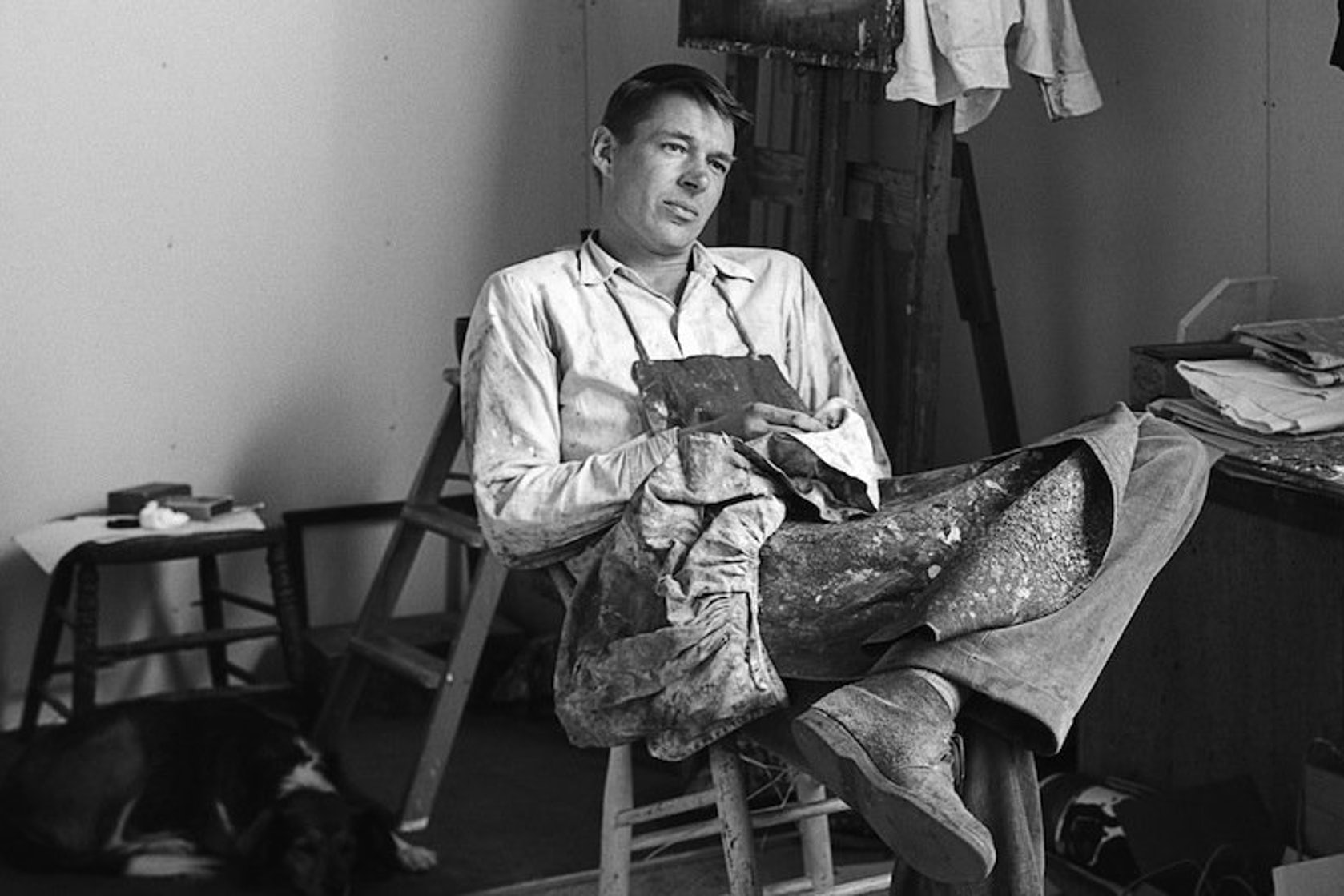New Republic: The Rectangular Canvas is Dead
Richard Diebenkorn and the problems of modern painting
September 7, 2013
By Jed Perl

You have probably never heard of the young painter Eleanor Ray, but she is a virtuoso, no question about it. She also has a bad case of what I would call the teensies. Frankly, I worry that it may be terminal. Fresh out of graduate school, with a show at Steven Harvey Fine Art Projects on the Lower East Side over the winter, Ray brings a tightly controlled painterly panache to her itsy-bitsy glimpses of the view through a window, or some empty shelves, or a bicycle locked to a post. The sizes of the panels on which she paints—one is two and one-quarter inches by two and three-quarters inches and the biggest is five by seven inches—suggest a reverse hubris, a pride in how much she can do with so little. There is something about Ray’s hunkered-down facility that strikes me as symptomatic of a fearfulness that overtakes all too many serious painters today. As much as I worry about the power of the trashmeisters who now dominate so many of our galleries and museums, I worry more about an atmosphere that makes it so difficult for painters who are actually engaged with the possibilities of brushes and pigments to feel free.
Eleanor Ray is in her mid-twenties. That is a time in artists’ lives when they ought to be trying things out, unafraid to make a bad painting. The best artists—the greatest artists—are not afraid to fail. As for Ray, instead of allowing herself to experiment, she remains armored inside her minuscule vignettes. Why this should be I can’t say for sure. But I have a theory. I wonder if Ray, coming of age at a time when painting is said by so many to be dead or dying, believes that the best she can do as a painter is keep a few tiny embers alive. You cannot help but feel a certain respect for her perfectly ordered minuscule vignettes, with their meticulously modulated grays and their knowing allusions to Morandi’s compositional strategies. When Ray paints light reflected off snow or coming through a crack in a door, she goes for a dashing verisimilitude—a sort of painterly déjà vu. The trouble is that the sizes of the paintings are designed to wrap up any unresolved conflicts in a perfect little package. You cannot really access these paintings. They’re so damn small that they feel as if they’re in lockdown. There is a sensibility here, but it is imprisoned. Whatever interesting conflicts and contradictions the subjects might provoke have been squared away without ever really being addressed.